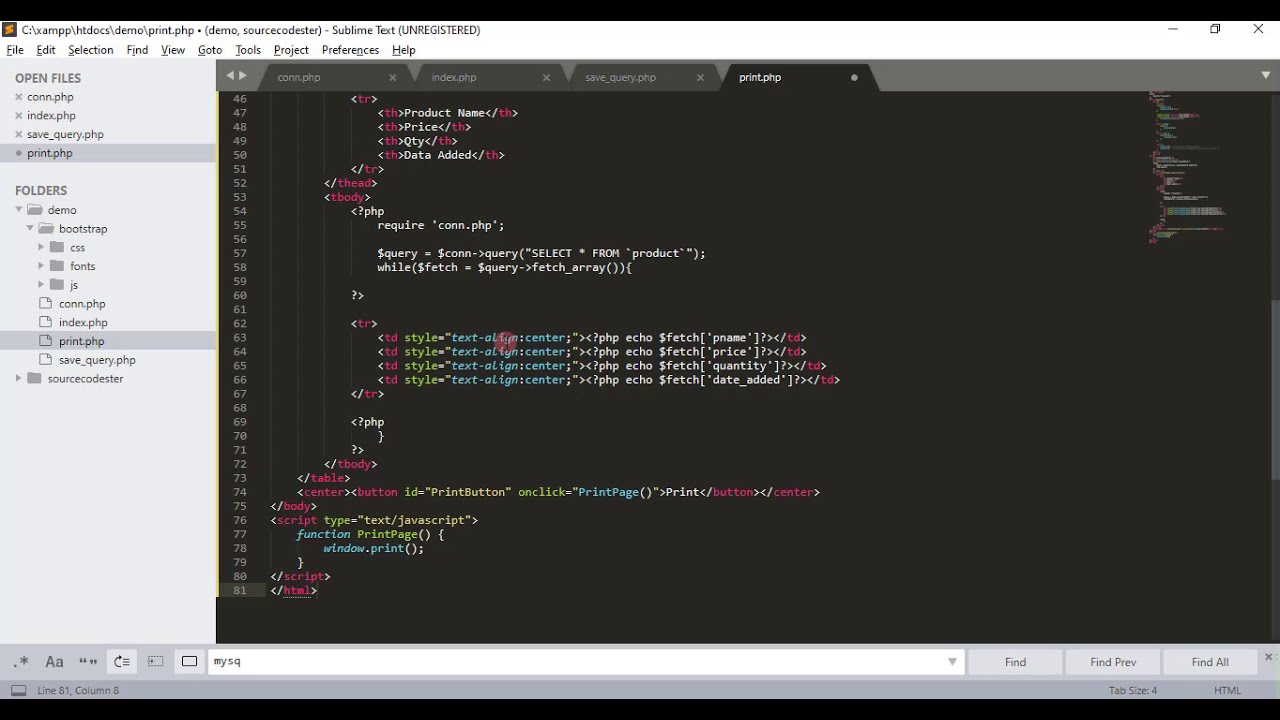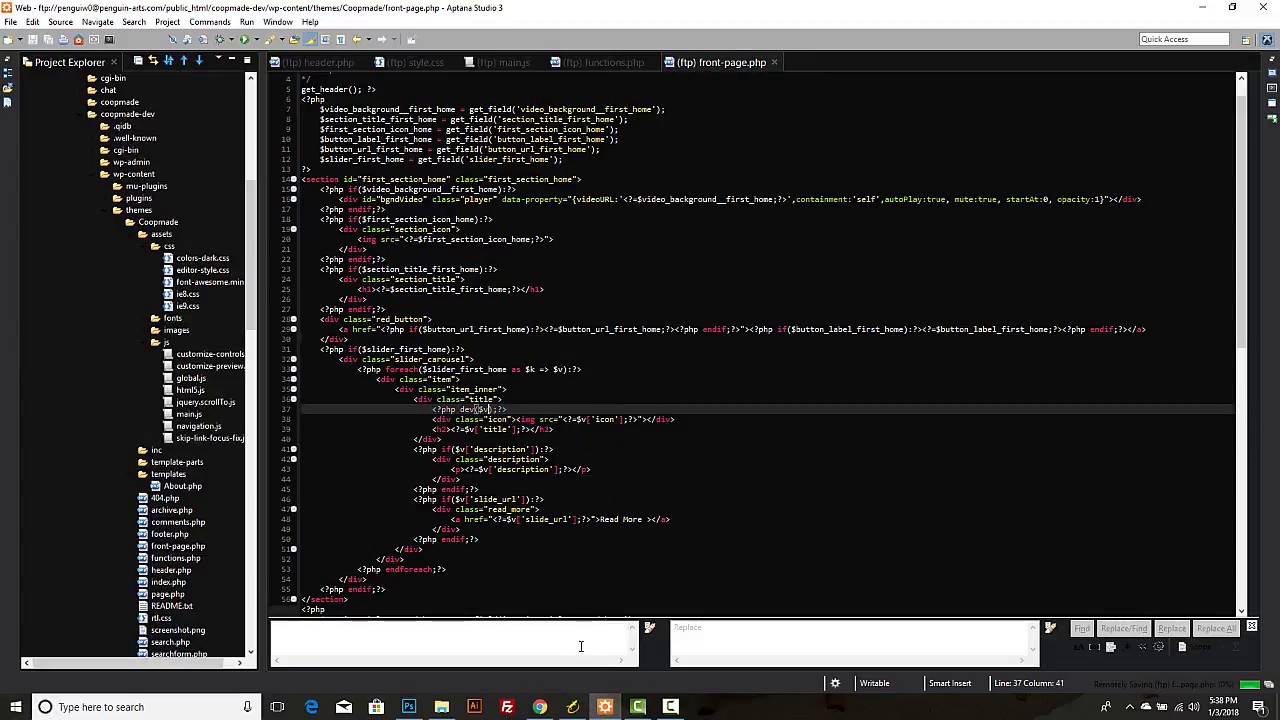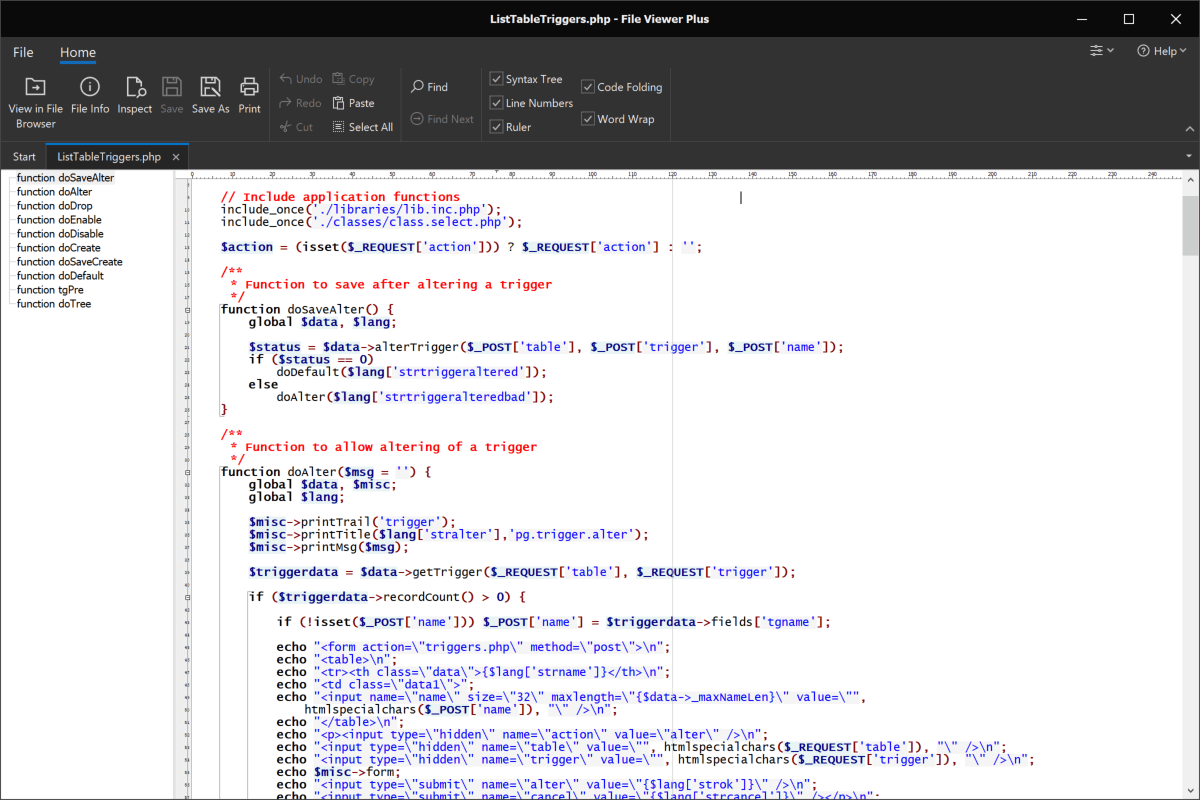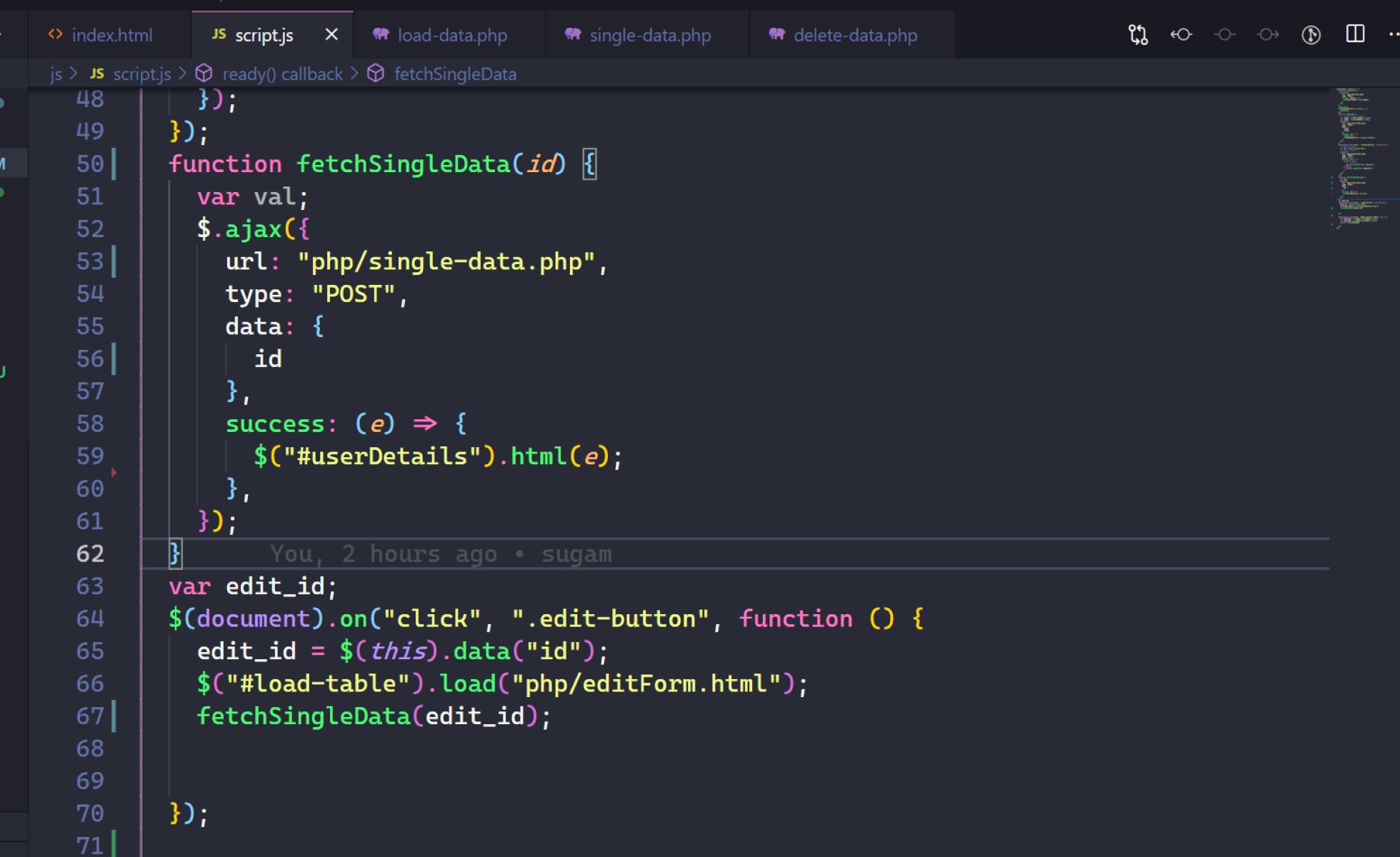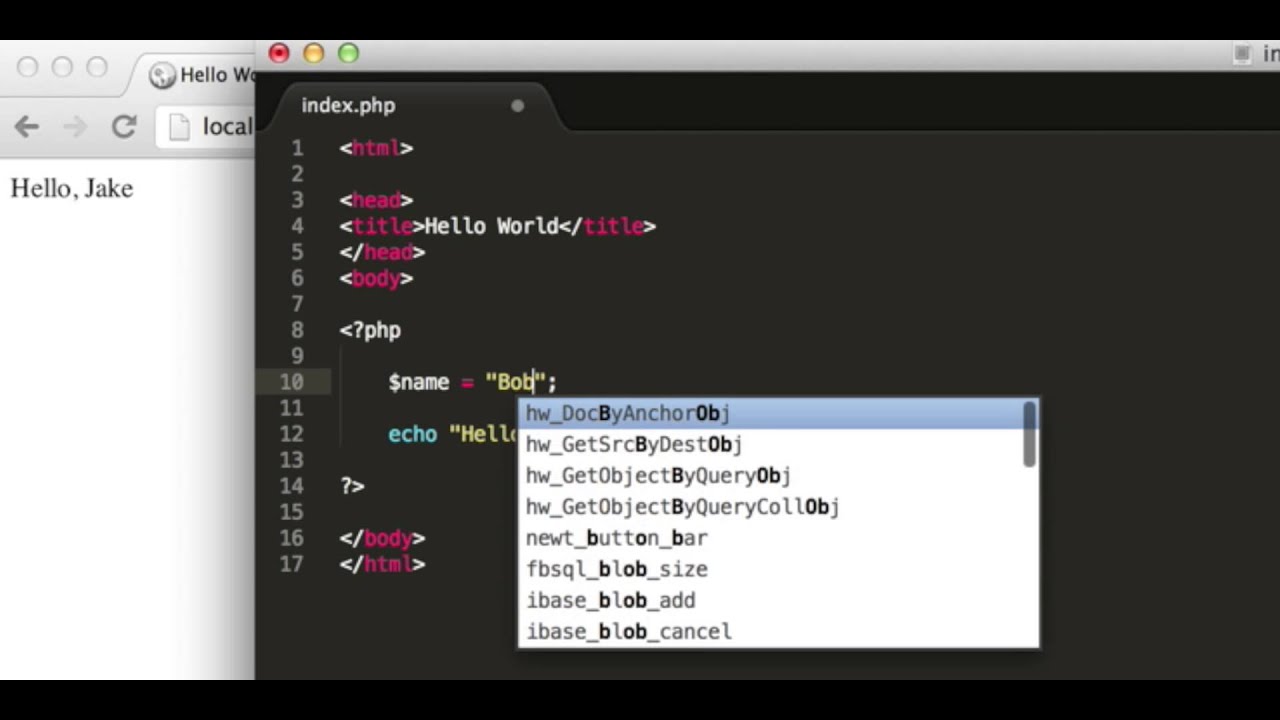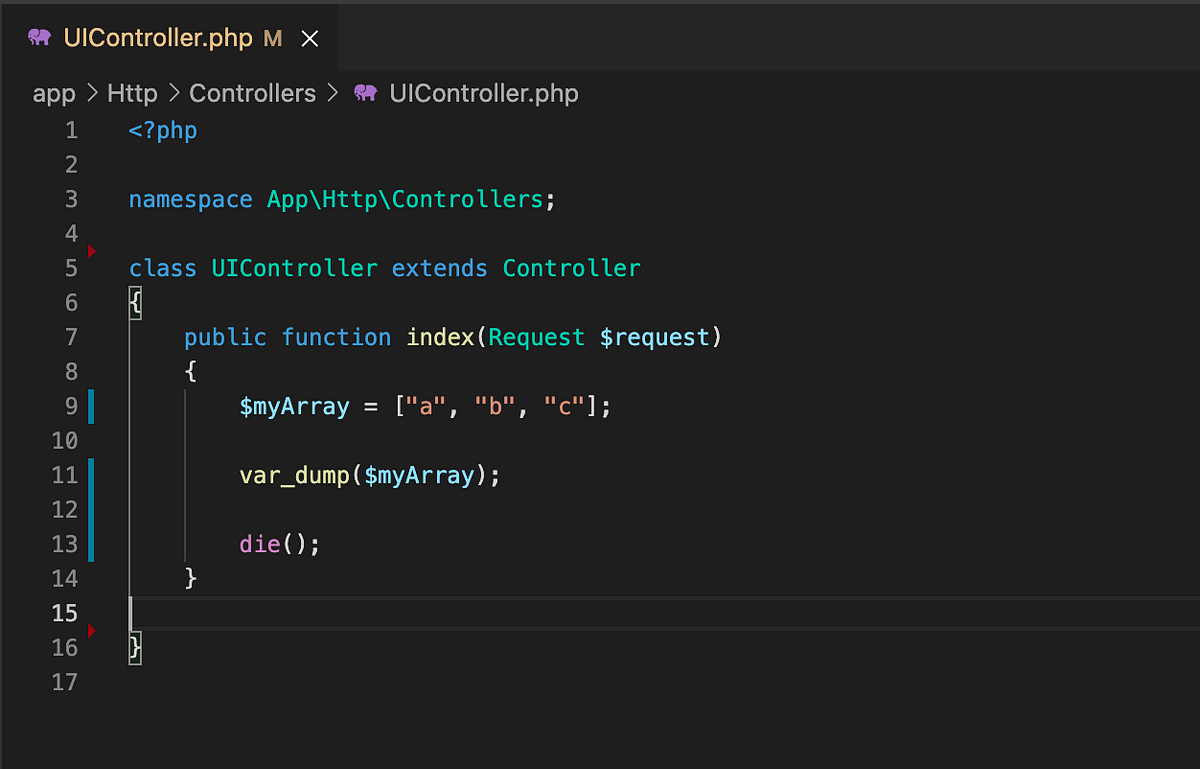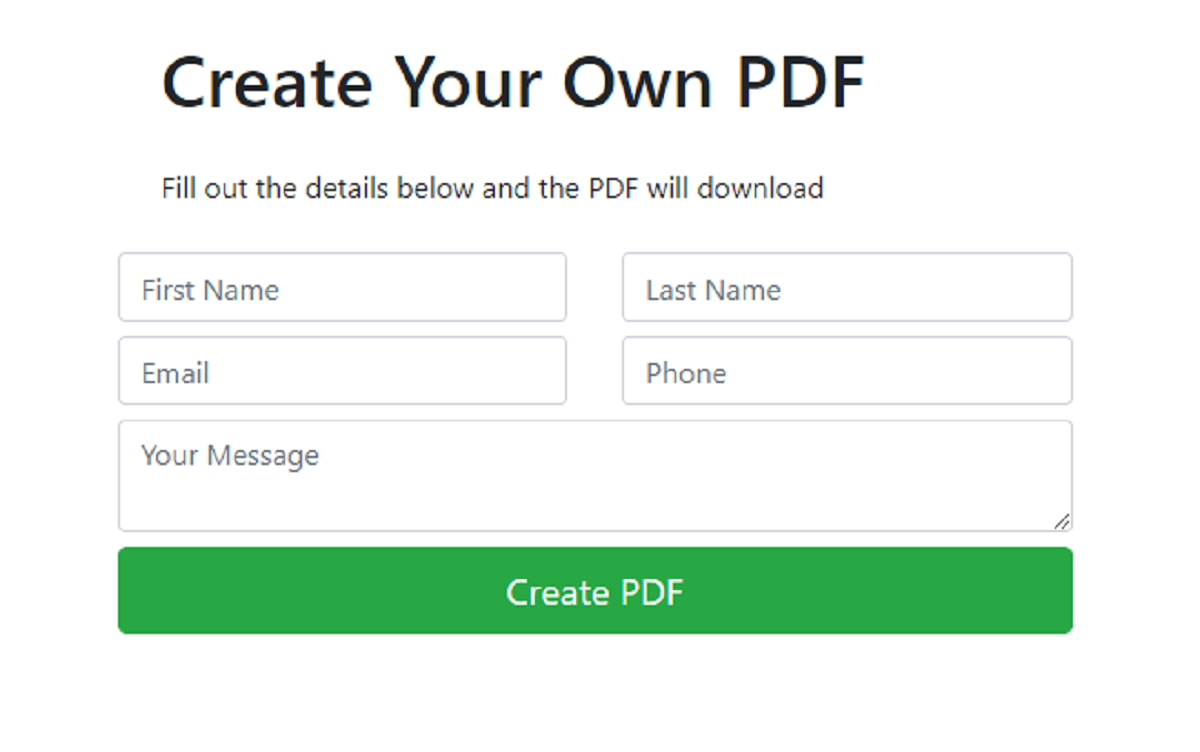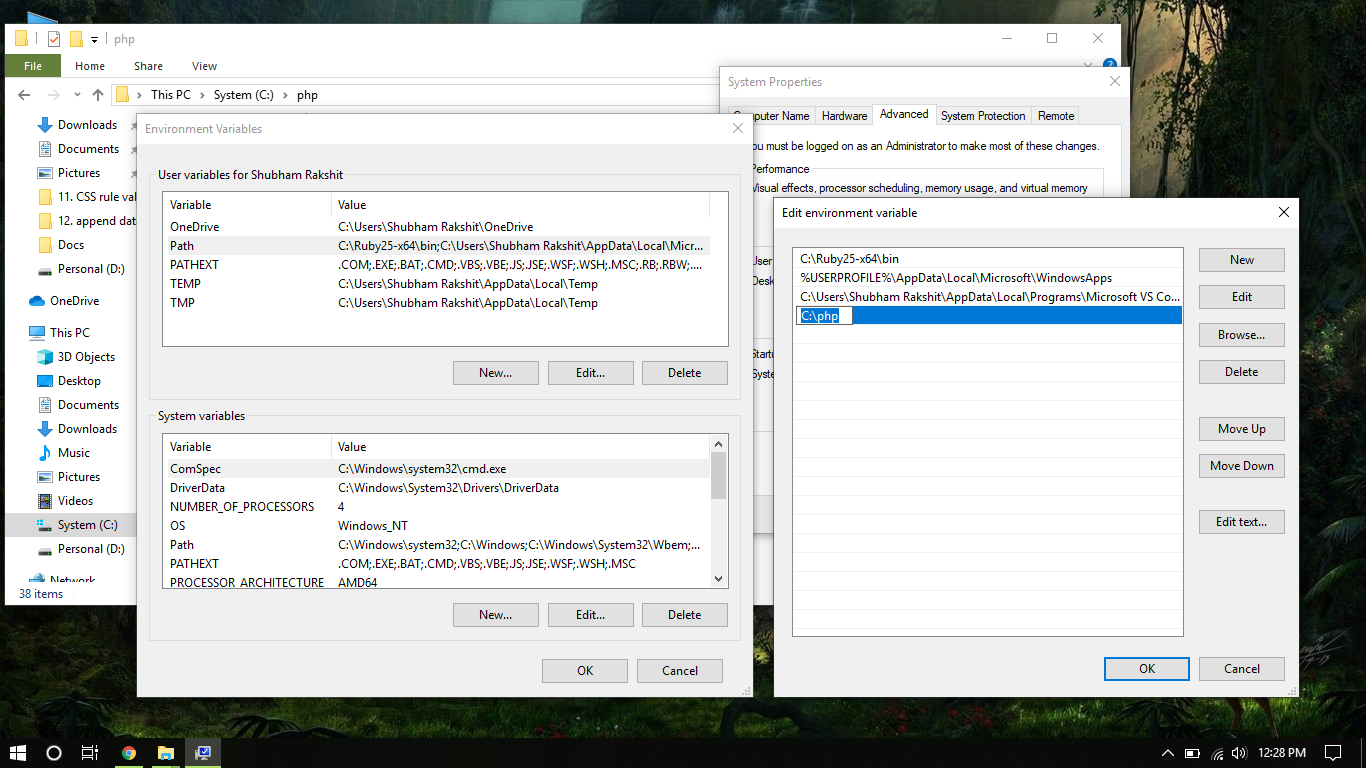Introduction
In PHP, outputting text and HTML is an essential part of web development. Whether you are displaying dynamic content from a database or generating response messages, knowing how to output in PHP is crucial. This article will guide you through the various methods of outputting text and HTML in PHP, as well as how to output variables and format your output effectively.
When working with PHP, you can use various functions and techniques to output text and HTML to the browser. This allows you to dynamically generate content and create a more interactive experience for your users. Understanding these methods will give you the flexibility to display information, manipulate output, and provide a seamless user interface.
Throughout this article, we will explore different aspects of outputting in PHP. We will start by looking at the basic methods of outputting text, followed by techniques for outputting HTML. Then, we will delve into the topic of outputting variables and learn how to concatenate strings to display dynamic content. Finally, we will discuss how to format your output to make it more readable and visually appealing.
Having a solid understanding of outputting techniques in PHP is essential for any web developer or programmer. It allows you to deliver dynamic and interactive content to your users, making your applications more engaging and user-friendly. So, let’s dive into the world of PHP outputting and explore the different ways you can display information on the web.
Outputting Text in PHP
In PHP, outputting text to the browser is straightforward and can be achieved using the echo or print statements. These statements allow you to display text directly without any special formatting or styling. Both echo and print are language constructs in PHP, and they essentially serve the same purpose.
To output text using echo, you simply write echo followed by the text you want to display. For example, echo "Hello, world!"; will output “Hello, world!” to the browser. It is important to note that the text should be enclosed in quotes, either single or double.
The print statement works similarly to echo but has a slight difference in syntax. Instead of using parentheses, you wrap the text in parentheses after the print keyword. For example, print("Hello, world!"); will also display “Hello, world!” to the browser.
Both echo and print can be used to output variables as well. You can simply include the variable within the quotes or parentheses, and its value will be displayed. For example, if you have a variable named $name with the value “John,” echo "Hello, " . $name . "!"; will output “Hello, John!”.
In addition to echo and print, you can also use the printf function to output formatted text in PHP. This function allows you to define placeholders within a string and replace them with values dynamically. For example, printf("Today is %s, and the time is %02d:%02d", $day, $hour, $minute); will display “Today is Monday, and the time is 08:30”.
Overall, outputting text in PHP is a fundamental skill that every developer should master. Whether you need to display simple messages or dynamically generate content, understanding how to use echo, print, and printf provides you with the necessary tools to communicate with your users effectively.
Outputting HTML in PHP
When working with PHP, you often need to output HTML code to the browser. This allows you to create dynamic web pages by combining PHP logic with HTML structure. There are several ways to output HTML in PHP, each with its own benefits and use cases.
One common way to output HTML in PHP is to simply include the HTML code within the echo or print statements. This method allows you to mix PHP variables and HTML tags seamlessly. For example, you can write echo "<h1>Welcome, " . $name . "!</h1>"; to display a heading with a dynamic name.
Alternatively, you can use the heredoc syntax or nowdoc syntax to output multiple lines of HTML code without the need for string concatenation. The heredoc syntax uses the <<< token followed by an identifier to define a block of content. For example:
echo <<Similarly, the nowdoc syntax is similar to heredoc, but it does not evaluate variables within the block. This can be useful when you want to output HTML code without any variable interpolation. The nowdoc syntax uses single quotes and the same <<< token as heredoc. For example:
echo <<<‘HTML’ <div class=”container”> <h2>About Us</h2> <p>Lorem ipsum dolor sit amet, consectetur adipiscing elit.</p> </div> HTML;Using these syntaxes helps maintain the readability of the HTML code and makes it easier to write and edit HTML content within PHP.
Another method to output HTML in PHP is to include HTML templates or use a templating engine. This approach separates the PHP logic from the HTML structure, making it easier to manage and update the code. Templating engines like Twig, Smarty, or Blade provide built-in syntax and features to handle dynamic data and reusable components efficiently.
Outputting HTML in PHP gives you the flexibility to create dynamic and interactive web pages. Whether you choose to embed HTML within
echostatements, use heredoc/nowdoc syntax, or work with templating engines, understanding these methods will help you build robust and maintainable PHP applications.
Outputting Variables in PHP
In PHP, variables are at the core of dynamic content generation. Being able to output variables to the browser is essential for displaying user data, database records, or any other dynamically changing information. Fortunately, outputting variables in PHP is straightforward and can be done using various techniques.
One of the simplest ways to output variables in PHP is to concatenate them with text using the
.operator. For example, if you have a variable$namewith the value “John,” you can writeecho "Hello, " . $name . "!";to display “Hello, John!” to the browser. The dot operator concatenates the variable value with the surrounding text.An alternative to concatenation is to use double quotes to enclose the entire string and directly include variables within it. For instance,
echo "Hello, $name!";will also output “Hello, John!”. In this case, the variable is automatically parsed and its value is inserted into the string. However, note that this only works with double quotes, not single quotes.If you want to output complex data structures, such as arrays or objects, PHP provides the
print_randvar_dumpfunctions. These functions provide more detailed information about the variable, including its type and structure. For example,$numbers = [1, 2, 3]; print_r($numbers);will display the array structure with its values.In addition to the basic output methods, you can also use shorthand syntax to output variables. PHP allows you to directly embed variables within double quotes by wrapping them with curly braces. For example,
$age = 25; echo "I am {$age} years old.";will output “I am 25 years old.”. This syntax can be useful when working with complex strings that require explicit variable identification.When outputting variables, it is important to consider security and avoid potential vulnerabilities like cross-site scripting (XSS). To prevent any HTML or script injection, it is recommended to use the
htmlspecialcharsfunction. This function will encode any special characters and ensure that the output is safe to display.Outputting variables in PHP is an essential skill for developers. Whether you use concatenation, interpolation, or specialized functions like
print_r, being able to display dynamic content is crucial for building interactive and personalized web applications.
Concatenation in PHP
Concatenation in PHP refers to the process of combining multiple strings into a single string. It is a fundamental operation used to construct dynamic content by joining variables, constants, or literal text. PHP provides different methods for concatenation, giving you flexibility in building complex strings efficiently.
The most commonly used method for concatenation in PHP is the dot (
.) operator. This operator allows you to concatenate strings by simply placing the dot between them. For example,$name = "John"; $message = "Hello, " . $name . "!";will create a new string called$messagewith the value “Hello, John!”.In addition to the dot operator, PHP also provides a shorthand concatenation assignment operator (
.=). This operator allows you to append a string to an existing string variable. For example,$greeting = "Hello, "; $greeting .= $name; $greeting .= "!";achieves the same result as the previous example, with the final value of$greetingbeing “Hello, John!”.Another method of concatenation in PHP is using double quotes to enclose the entire string and directly include variables within it. For example,
$name = "John"; $message = "Hello, $name!";will also create a string with the value “Hello, John!”. In this case, PHP automatically interpolates the variable within the string, making the concatenation process more concise.It is worth noting that using concatenation with the dot operator can be more efficient when dealing with larger strings or a large number of concatenations. Interpolation with double quotes can lead to performance degradation in such cases.
When concatenating strings, it is important to consider the order of the elements and the use of proper whitespaces. Adding whitespaces or other delimiters can improve the readability of the resulting string. For example,
$message = "Hello, " . $name . "!";can be written as$message = "Hello, {$name}!";to provide better visual separation between the variable and the surrounding text.Concatenation is a powerful tool in PHP that allows you to construct complex strings by combining different elements. Whether you choose to use the dot operator, shorthand concatenation, or interpolation, understanding how to concatenate strings efficiently is essential for building dynamic and flexible PHP applications.
Formatting Output in PHP
Formatting your output in PHP is essential for enhancing readability and presenting data in a visually appealing manner. With PHP, you have various functions and techniques at your disposal to format your output according to your specific needs. In this section, we will explore some commonly used methods for formatting output in PHP.
One common way to format output in PHP is by using HTML and CSS. You can apply CSS styling to HTML elements to control the appearance of your output. For example, you can use CSS to change the font, color, size, and alignment of text or add borders and padding to HTML elements. Applying appropriate HTML tags and CSS classes to your output can significantly improve the visual presentation of your content.
Another method to format output is by using PHP’s built-in string formatting functions. PHP provides functions like
printf,sprintf, andnumber_formatthat allow you to format strings, numbers, dates, and other types of data. These functions provide flexibility in controlling the precision, decimal places, and date formats of your output. For example,$price = 19.99; echo "Total: " . number_format($price, 2);will display “Total: 19.99” with two decimal places.In addition to basic formatting functions, PHP also has functions specific to date and time formatting. Functions like
dateandstrftimeallow you to format dates and times according to various patterns and locale settings. For example,echo "Today's date is " . date('Y-m-d');will display the current date in the format “YYYY-MM-DD”.For more complex formatting needs, you can leverage regular expressions to search for specific patterns within your output and apply replacements or formatting rules. PHP’s
preg_replacefunction allows you to perform advanced search and replace operations using regular expressions. This can be useful for manipulating strings or formatting data in a customized way.Lastly, you can use formatting libraries and frameworks in PHP, such as Markdown or Smarty, which provide additional formatting options and advanced features. These libraries often have pre-defined formatting rules and shortcuts that can simplify the process of formatting your output and make your code more maintainable.
Overall, formatting your output in PHP goes beyond simply displaying information. By applying HTML and CSS, using the built-in formatting functions, or leveraging regular expressions, you can create visually appealing and well-structured output that enhances the user experience of your application.
Conclusion
In PHP, the ability to output text, HTML, and variables is crucial for creating dynamic and interactive web applications. By mastering the various techniques and functions available in PHP, you can create engaging user experiences and deliver personalized content.
In this article, we explored different methods of outputting in PHP. We learned how to output text using the
echoandprintffunction. We also discussed the importance of outputting HTML code and explored different ways to do so.We delved into the process of outputting variables, whether by concatenating them with text, using interpolation in double quotes, or using functions like
print_randvar_dumpfor complex data structures. We also covered the significance of formatting output, including applying CSS styling, using string formatting functions, and leveraging regular expressions.By understanding and utilizing these techniques effectively, you can create visually appealing and informative output in PHP. Furthermore, don’t forget about security considerations when outputting variables, such as using the
htmlspecialcharsfunction to prevent any potential vulnerabilities.As you continue to develop your PHP skills, it is essential to practice and experiment with different outputting methods to find the most efficient and readable approach for your specific projects. Don’t be afraid to explore additional libraries and frameworks that can assist with formatting and handling dynamic content.
Overall, outputting in PHP is an essential skill for web developers. By effectively communicating with your users through well-formatted and dynamic content, you can create engaging and user-friendly web applications that leave a lasting impression.







